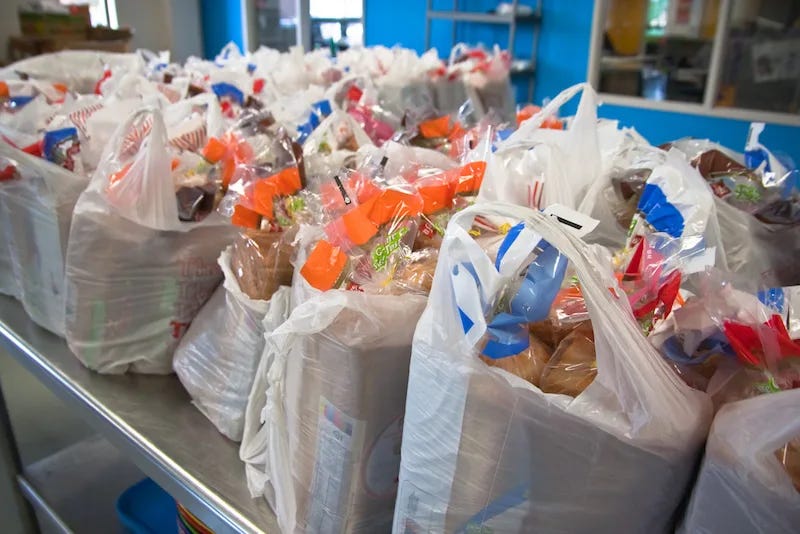The abolishment of plastic bags in New Jersey has sparked numerous thoughts and debates. A quorum of citizens sees this as irritable, economical, and even inept. The genesis began when Governor Phil Murphy proposed this to the legislature about two years ago, in November 2021. Later, on May 4, 2022, the law had been brought into effect. With it came several repercussions that I will further denote within this feature. Most individuals may not be aware, but it has indirectly influenced a wave of change toward the conservation of the environment.
The Beginnings
In 2017, it was proven by Glyn Peterson, a researcher at the New York Times, that eight million tons of plastic enters oceans each year and that “60 to 80 percent of all marine litter is plastic” (Peterson). Therefore, states have figured that a course of action must be taken. As far back as 2014, the California legislature passed a ban on plastic bags. The second state to have enacted this ban was Hawaii (State Plastic…).
So, what exactly caused the New Jersey legislature to enact this ban? Many aspects contributed to this, but particularly its geographical location. New Jersey shares certain characteristics with other states that have taken this step, more specifically access to oceans. This poses an obstacle– in addition to the mainland, the state also faces the debacle of bags and other plastic products entering the Atlantic. In the 1982 journal, Environmental Toxicology and Chemistry, Eva Oberdörster and Ann Oliver Cheek recorded that the toxic compounds that are found in plastic can affect the hormones of a marine organism (Oberdörster and Cheek).
My Opinion
I chose to write about this because it has many components in and out of itself. Not only does this ban impact the environment, but the consumer at the same time.
Personally, my Boy Scout troop volunteers with Clean Ocean Action for two yearly beach sweeps at Sandy Hook. In this light, I am not afraid to admit that single-use plastic bags and other debris are the dominant items that we find. Whether it be between crevices of large boulders, or even moseying about the dunes, it is safe to say that one can always count on them being present.
To put it bluntly, I believe that this bag ban is a necessary measure. The eastern seaboard dominates itself in freshwater fishing, and honing back to Oberdörster and Cheek’s 1982 study, the DNA of marine organisms can be altered in years to come.
If this applies to organisms that consumers favor, as well as those dominant in the seafood market, then it is more than likely that humans could be subject to this as well. We must mitigate the intensification of this to the best of our abilities.
Works Cited
“Brief State Plastic Bag Legislation.” National Conference of State Legislatures, www.ncsl.org/environment-and-natural-resources/state-plastic-bag-legislation#:~:text=In%20August%202014%2C%20California%20became,compostable%20bags%20at%20certain%20locations. Accessed 13 Dec. 2023.
Gallo, Alexandra. “Single-Use Plastic Bag Ban in New Jersey.” Wnep.com, 9 May 2022, https://www.wnep.com/article/news/local/single-use-plastic-bag-ban-in-new-jersey-recycling-plastics-microplastics-environment/523-11613840-39c6-44f6-9c25-08d9d2a6867a. Accessed 2 December 2023.
Peterson, Glyn. “By the Numbers.” Nation 305, no. 16 (December 18, 2017): 4. https://search.ebscohost.com/login.aspx?direct=true&AuthType=shib&db=aph&AN=126492348&site=ehost-live. Accessed 29 November 2023.




















































Alessandra LaVecchia • Jan 2, 2024 at 11:21 am
Well I have been seeing a lot of those recycling bags along roadside. I wonder which ones are better.
Edward Stuart (author) • Feb 28, 2024 at 10:47 am
That’s honestly a very good question, but I think it really depends on the material. Some companies make bags with biodegradable materials, but the other ones are made of plastics that mostly cannot withstand the environment. Thank you for posting- I never really thought about that!